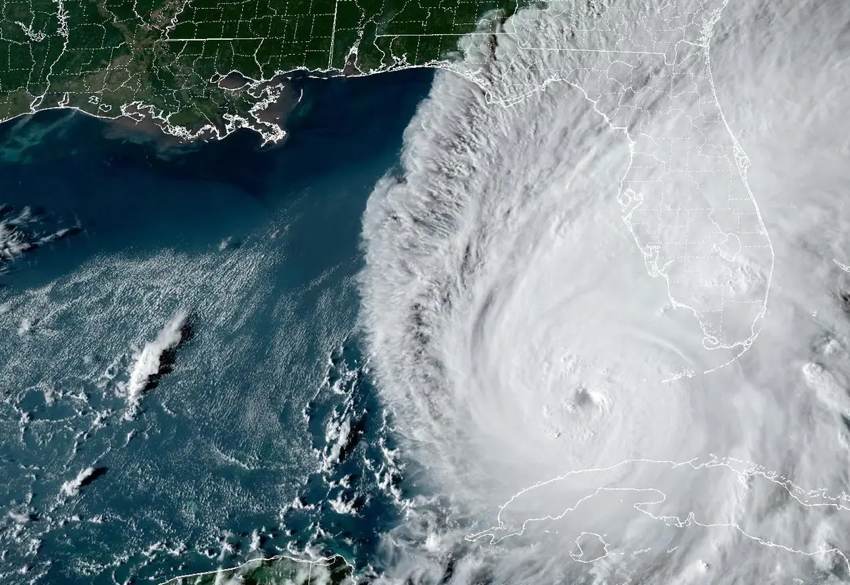TSR: 2023 Atlantic hurricane season activity forecast to be 15% below norm

Tropical Storm Risk (TSR), one of the industry’s watched hurricane forecasting teams, has put out an extended range forecast for the 2023 Atlantic hurricane season, saying it believes it could see activity levels around 15% below the 30-year norm.
Seasonal hurricane forecasts are fraught with difficulty to make with any accuracy, as those watching the just finished 2022 Atlantic hurricane season will have seen.
For 2022, the average forecast across the teams we tracked was for 18 named storms, 8 hurricanes and 4 major hurricanes.
The hurricane season actuals were 14 named tropical storms, 8 hurricanes and only 2 major hurricanes, so the forecasts were a little out this year.
Early forecasts for 2022 were much higher than our average ended up being, as the forecasters generally pared their predictions back, as greater certainty over meteorological conditions and therefore hurricane activity levels emerged through the season.
But very early, or extended range forecasts, can be useful, in providing an advance view of how conditions may be in the Atlantic tropics in 2023.
Tropical Storm Risk (TSR) says, “The TSR (Tropical Storm Risk) extended range forecast for North Atlantic hurricane activity in 2023 anticipates a season with below-norm activity.
“TSR predicts North Atlantic hurricane activity in 2023 will be about 15% below the 1991-2020 30-year norm and close to the long-term 1950-2022 norm.”
This equates to a prediction for ACE (Accumulated Cyclone Energy) of 104, below the 1991-2020 30-year norm of 122.
In probability terms, TSR sees a 22% probability of an above-normal North Atlantic ACE in 2023, a 49% likelihood of a near-normal ACE, and a 30% chance of a below-normal ACE season.
Which all adds up to a forecast that the 2023 Atlantic hurricane season will see 3 intense, or major hurricanes, 6 hurricanes and 13 tropical storms, which is comparable to the 1991-2020 30-year norms of 3, 6 and 12 respectively.
The forecasters explain, “TSR’s forecast for below-norm activity is due to the warm-neutral or weak El Nino conditions expected through summer 2023. The current La Niña conditions have peaked and are expected to weaken to neutral conditions through Spring 2023 and transition to borderline El Nino conditions through summer, which favours enhanced trade wind strength, reduced vorticity and higher vertical wind shear over the tropical North Atlantic and Caribbean Sea where hurricanes form.”
Going on to state, “Despite the expectation for a below-norm hurricane season in 2023, large uncertainties remain. These include the forecast strength of El Niño Southern Oscillation, the strength and sign of the North Atlantic Oscillation through Spring, and how warm the tropical Atlantic will be in August-September. Also variance exists in the level of hurricane activity possible from the same climate factors.”
At this stage there are no guarantees and we’ve regularly seen early seasonal hurricane forecasts busted by far higher, or lower, activity levels.
But, the commentary on the stage of the ENSO is likely helpful and may provide reinsurance underwriters and insurance-linked securities (ILS) investors with something to think about as they plan for 2023, especially as many consider El Nino phases as more likely to suppress Atlantic hurricane activity.







